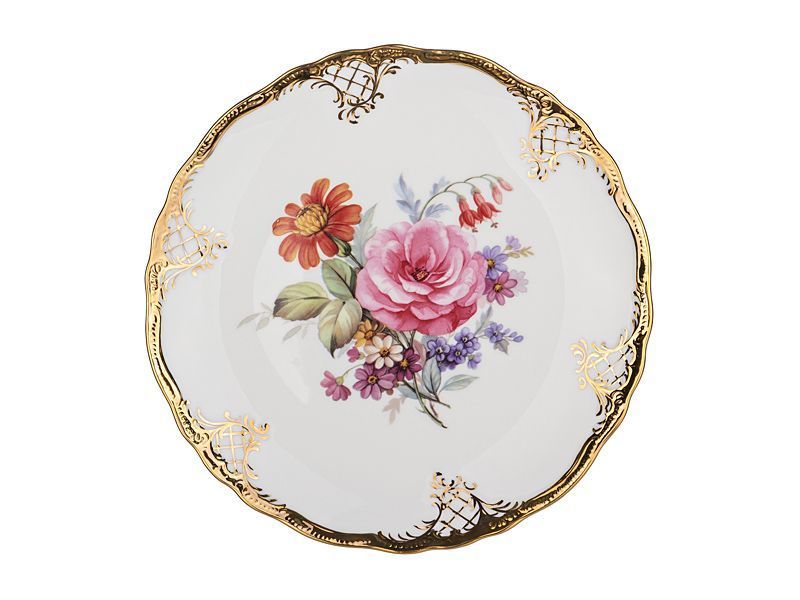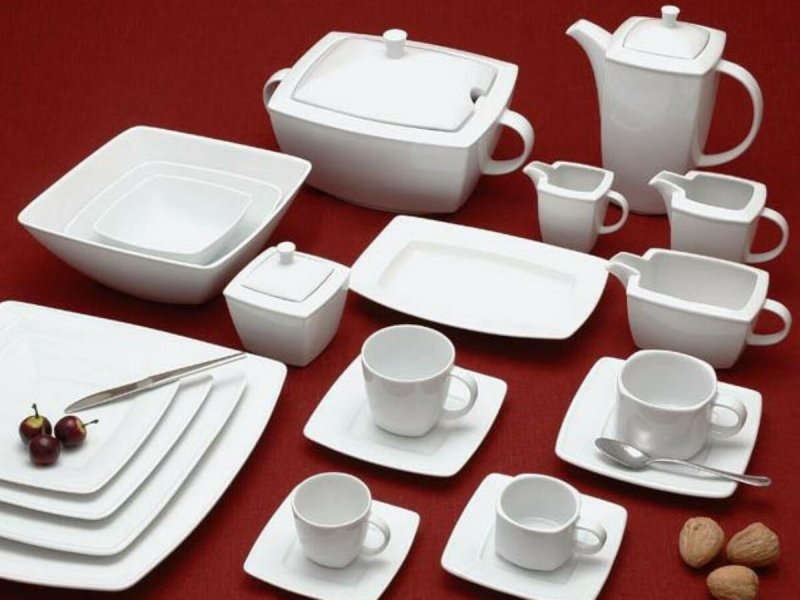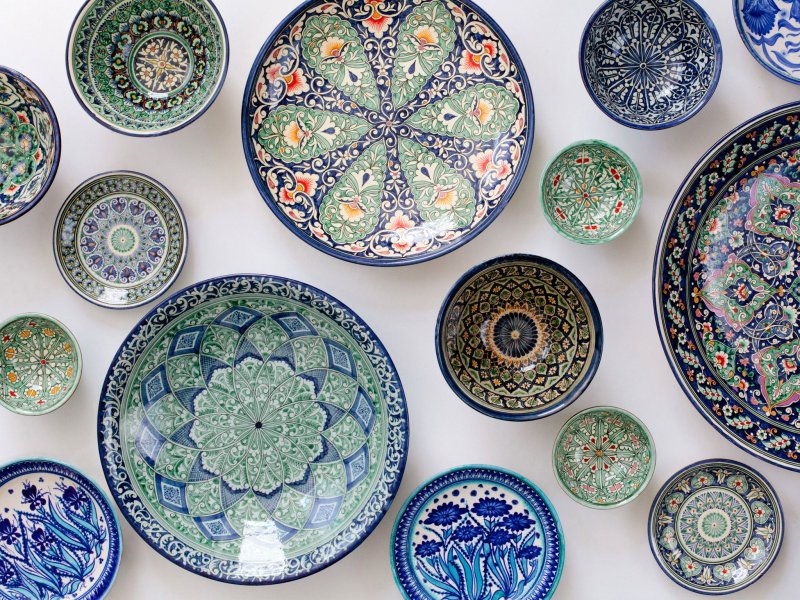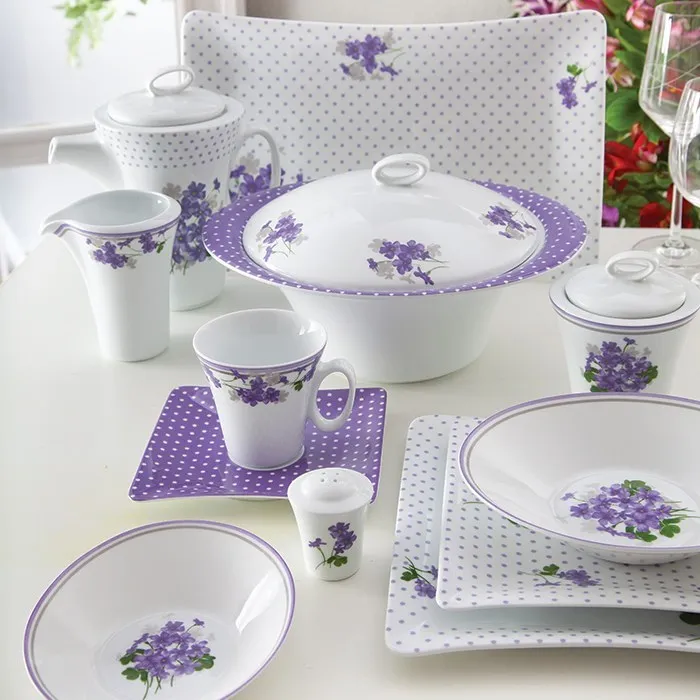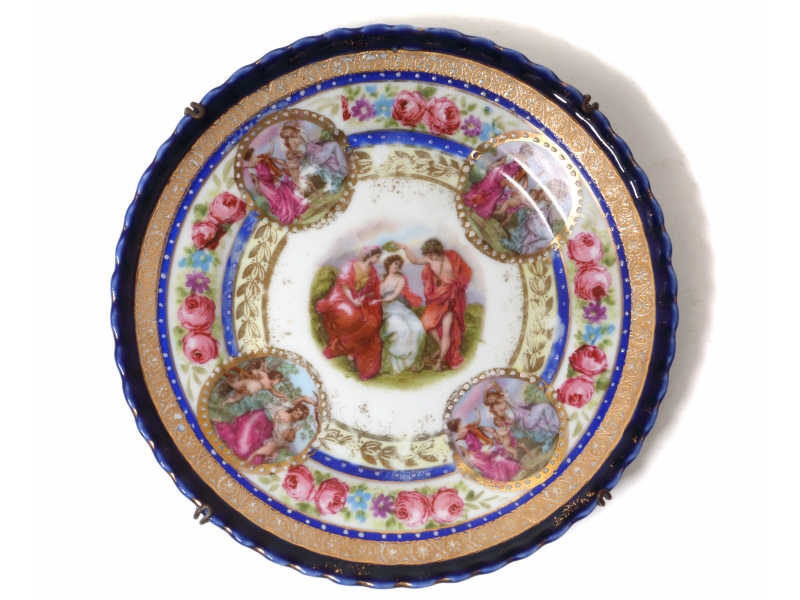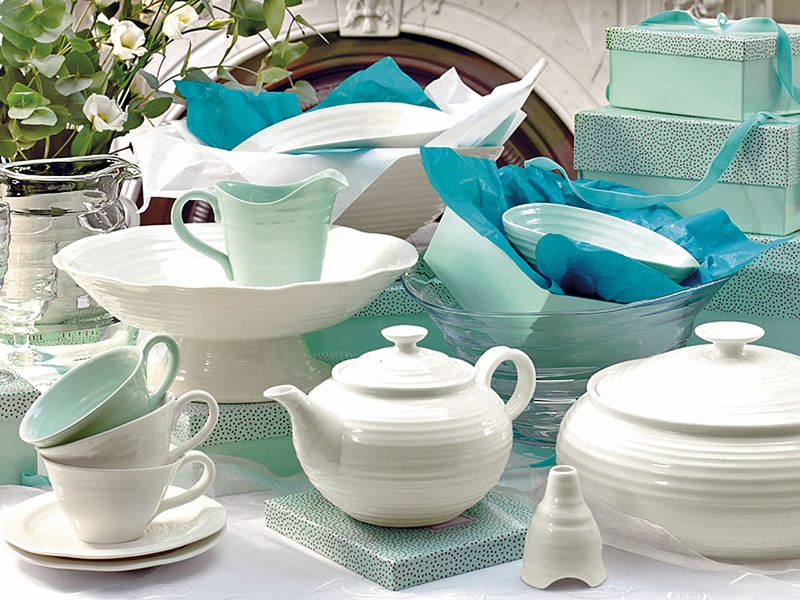Unveiling the Beauty of Porcelain Clay Color: A Comprehensive Summary
Introduction:
Porcelain clay, renowned for its smooth texture and delicate appearance, has been treasured for centuries. One of the distinctive characteristics that make porcelain clay so sought-after is its remarkable color versatility. From pure white to an array of rich hues, the various shades of porcelain clay have captivated artists, craftsmen, and designers throughout history. In this comprehensive summary, we will delve into the importance of porcelain clay color, its sources, and the ways it has been utilized in various industries.
Understanding Porcelain Clay Color:
Porcelain clay color refers to the hues and shades that can be achieved through the use of different pigments, minerals, and firing temperatures during the production process. The color of porcelain clay can range from pure white to ivory, cream, pastels, and even vibrant shades. The color is a result of both the ingredient composition of the clay and the firing process.
Sources of Porcelain Clay Color:
The color of porcelain clay can be influenced by numerous factors, including the presence of specific minerals and pigments. Some of the most commonly used minerals for coloring porcelain clay are:
1. Iron Oxide: Iron oxide imparts warm earth tones such as red, brown, and tan to porcelain clay. The amount of iron oxide present in the clay determines the intensity of these colors.
2. Cobalt: Cobalt oxide is widely used to achieve vibrant shades of blue in porcelain clay. The intensity of blue varies based on the concentration of cobalt oxide and the firing temperature.
3. Chromium: Chromium oxide lends a green hue to porcelain clay, ranging from muted olive greens to vivid emerald tones.
4. Copper: Copper carbonate produces a spectrum of blue and green hues in porcelain clay, depending on the concentration used and firing conditions.
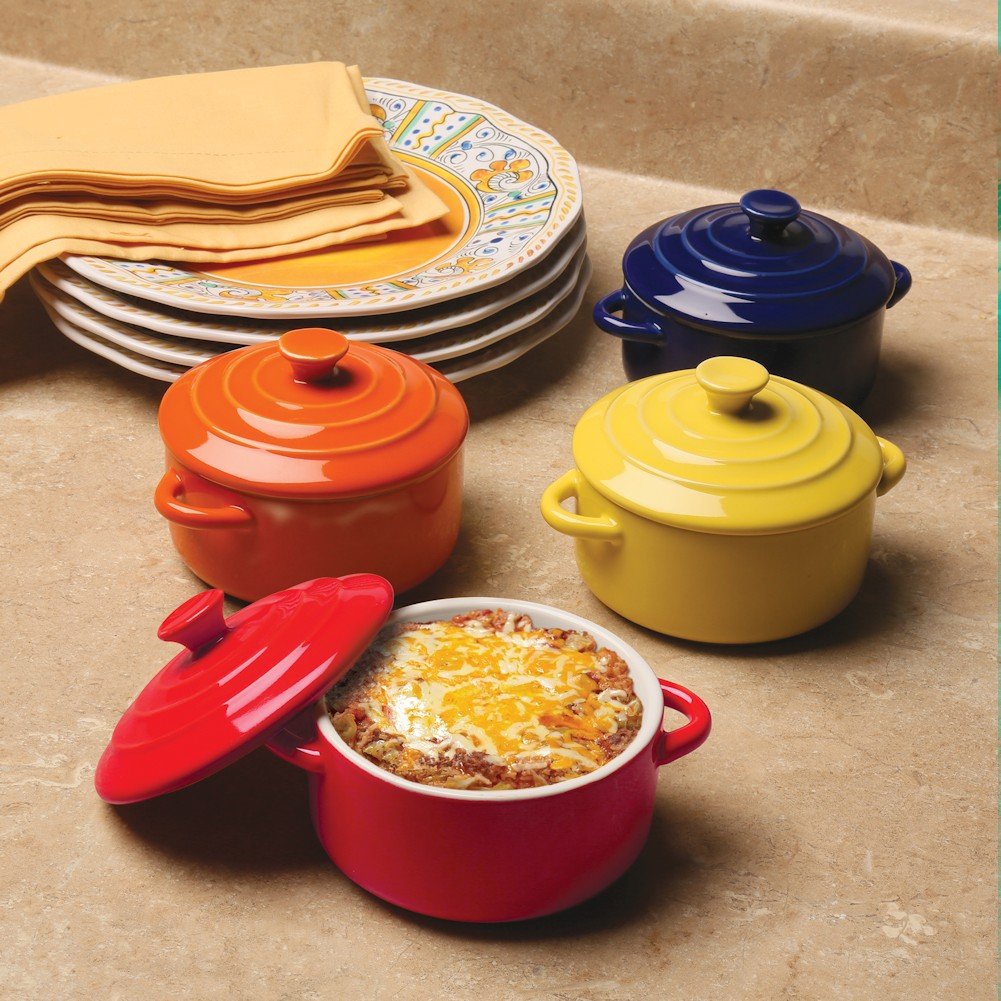
5. Manganese: Manganese dioxide is employed to create shades of purple and brown in porcelain clay.
Coloring Techniques and Effects:
The choice of colors in porcelain clay can greatly impact the final appearance of any piece. Various techniques can be utilized to achieve specific color effects, including:
1. Staining: Staining involves applying pigments onto the surface of the clay before firing. This technique allows for greater control over color intensity and can produce intricate patterns and designs.
2. Inclusion: Inclusion refers to the technique of incorporating colored minerals or pigments directly into the clay body. This method ensures that the color is distributed evenly throughout the piece.
3. Underglaze: Underglaze refers to colored pigments or oxides applied to the clay surface before the application of a transparent glaze. This technique allows the color to show through the glaze, adding depth and vibrancy.
4. Overglaze: Overglaze involves applying colored pigments or stains onto a glazed surface. The pigments are then fired at lower temperatures to achieve the desired effect. This technique is effective in creating intricate designs and patterns.
Utilization of Porcelain Clay Color in Various Industries:
Porcelain clay color finds extensive application in diverse industries, including:
1. Pottery and Ceramics: The use of porcelain clay color has been integral to the field of pottery and ceramics for centuries. From traditional blue and white porcelain to innovative contemporary designs, the coloring techniques associated with porcelain clay have allowed artists and craftsmen to create visually captivating pieces.
2. Home Decor and Tableware: Porcelain clay’s color versatility makes it a popular choice for home decor and tableware. The range of colors available allows designers to create pieces that complement various interior styles and add aesthetic value to any space.
3. Jewelry and Accessories: The beauty and durability of porcelain clay color make it an ideal material for jewelry and accessory design. The ability to achieve vivid hues, combined with the delicate nature of porcelain, creates unique and exquisite pieces.
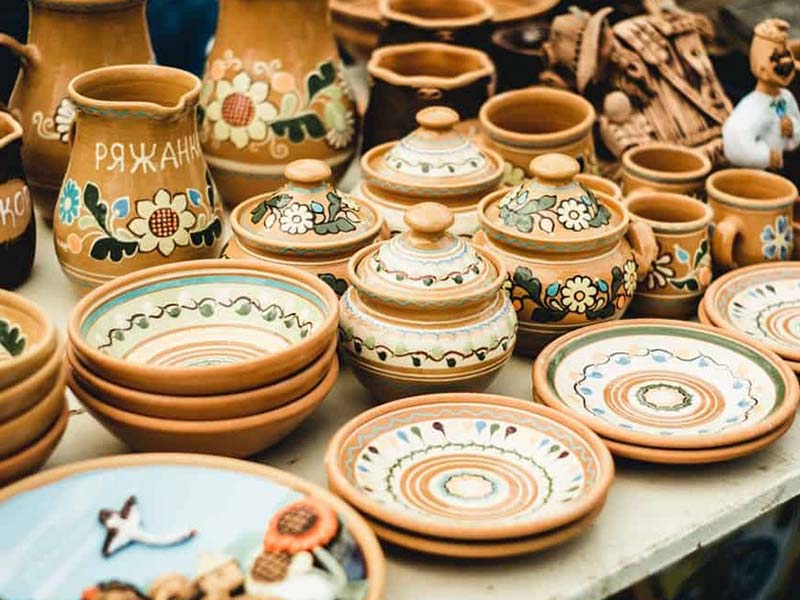
4. Art and Sculpture: Artists have long utilized porcelain clay color to create stunning sculptures and artworks. The color variations available enable artists to imbue their creations with depth and emotion.
5. Architecture and Interior Design: Porcelain clay, with its distinct colors, can be used in architectural applications such as wall cladding, flooring, and facade design. Its versatility allows designers to create visually captivating spaces that exude elegance.
Conclusion:
Porcelain clay color offers a world of aesthetic possibilities to artists, craftsmen, and designers. From soft pastels to vibrant hues, the limitless potential of porcelain clay coloring techniques has revolutionized numerous industries. By understanding the sources and techniques involved in achieving exquisite porcelain clay colors, we can appreciate the beauty and versatility that this material brings to various creative endeavors.Exploring the Business Applications of Porcelain Clay Color
1. The Pottery and Ceramics Industry:
The pottery and ceramics industry has long relied on porcelain clay color to create exquisite and visually appealing pieces. The color versatility of porcelain clay allows artists and craftsmen to showcase their creativity and produce unique designs. From hand-painted porcelain vases to intricately patterned tableware, the use of different color variations adds depth and character to these creations. Additionally, the durability and timeless beauty of porcelain clay make it a valuable material for collectors and enthusiasts.
2. Interior Design and Home Decor:
Porcelain clay color has become a popular choice in interior design and home decor. With its ability to offer a range of colors, porcelain clay is used to create decorative tiles, luxury wall coverings, and even bespoke statement pieces of furniture. The neutral tones of porcelain clay, such as ivory and cream, provide a sophisticated and timeless appeal to any space. On the other hand, bolder shades like cobalt blue or emerald green can bring a pop of color and drama to a room, serving as eye-catching focal points.
3. Tableware and Dinnerware:
The unique characteristics of porcelain clay color, such as its smooth texture and ability to retain temperature, make it an ideal material for tableware and dinnerware. The choice of color can greatly enhance the dining experience, as it sets the mood and complements the cuisine. Traditional blue and white porcelain pieces, for example, are widely admired for their elegance and classic appeal. With advancements in technology, porcelain clay color can be customized to match specific table settings, allowing designers and businesses to create personalized and captivating dining experiences.
4. Jewelry and Accessories:
Porcelain clay color has found its way into the world of jewelry and accessories. The ability to achieve vibrant and unique hues, coupled with the delicate nature of porcelain, makes it a desirable material for creating exquisite pieces. From porcelain beads to intricately designed pendants and brooches, the vivid colors of porcelain clay lend a distinctive charm to jewelry. Additionally, the durability and lightweight nature of porcelain make it an excellent choice for creating comfortable and wearable pieces.
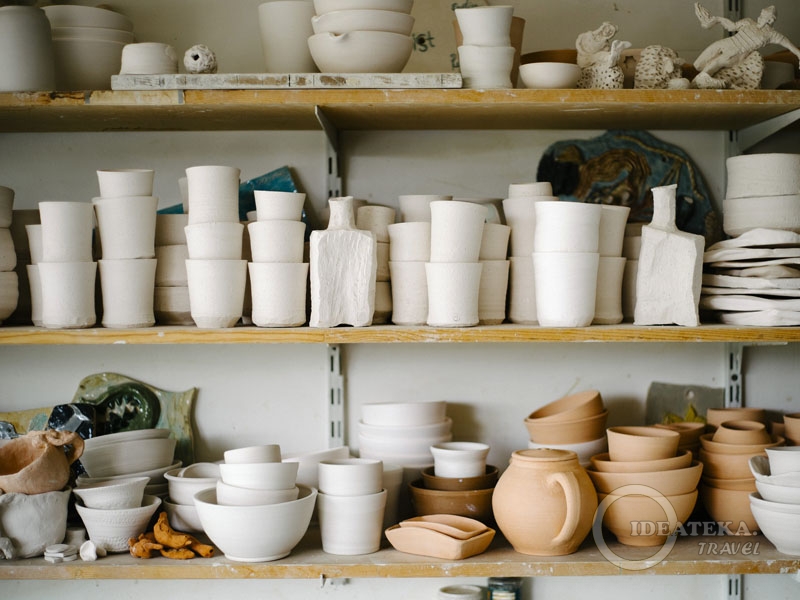
5. Fine Art and Sculpture:
Artists have long embraced the possibilities of porcelain clay color in their creations. The ability to achieve depth, texture, and a range of hues allows artists to convey emotions and express their creativity effectively. Porcelain clay color can be used in sculptures, wall art, and even installations, where the color variations create a visually engaging experience. The smooth surface of porcelain clay also allows for intricate detailing and precise brushwork, enabling artists to create intricate designs and intricate patterns in their pieces.
6. Architectural Applications:
Porcelain clay color is increasingly used in architectural applications, such as wall cladding, flooring, and facade design. Its color versatility allows architects and designers to create visually striking spaces that evoke a sense of elegance and modernity. The durability and resistance of porcelain clay make it suitable for high-traffic areas, while its color variations allow for creative expression and customization. Whether it is a bold statement wall or an elegant entrance foyer, porcelain clay color can transform architectural spaces into works of art.
7. Retail Displays and Visual Merchandising:
The use of porcelain clay color in retail displays and visual merchandising can enhance the aesthetic appeal and create a unique shopping experience. Porcelain clay can be molded into various shapes and designs and colored to match brand identities or create a specific atmosphere. From high-end luxury boutiques to contemporary retail environments, porcelain clay color can be used in innovative and eye-catching ways to attract customers and leave a lasting impression.
8. Fine Dining and Hospitality Industry:
The fine dining and hospitality industries often prioritize aesthetics and creating memorable experiences for their guests. Porcelain clay color plays a vital role in achieving these objectives, as it adds elegance and sophistication to table settings, interior decor, and presentation of dishes. The versatility of porcelain clay color allows for customization to match the desired atmosphere and brand identity. Whether it is a fine dining restaurant, a luxury hotel, or a trendy cafe, the use of porcelain clay color can elevate the dining experience and create a visually engaging environment.
9. Wedding and Event Industry:
Porcelain clay color has also found its way into the wedding and event industry. From personalized wedding favors to stunning table centerpieces, the versatility of porcelain clay color allows for endless possibilities in creating unique and memorable events. The choice of colors can be tailored to match specific themes or color schemes, adding a touch of sophistication and luxury to weddings, corporate events, and social gatherings.
10. Giftware and Souvenirs:
Porcelain clay color is often used in giftware and souvenir items, as it offers a sense of elegance and timeless appeal. From collectible porcelain figurines to miniature animal sculptures, the use of porcelain clay color adds value and appreciation to these items. The ability to customize the color also makes it a popular choice for creating personalized gifts and souvenirs, enabling individuals and businesses to create meaningful and cherished mementos.
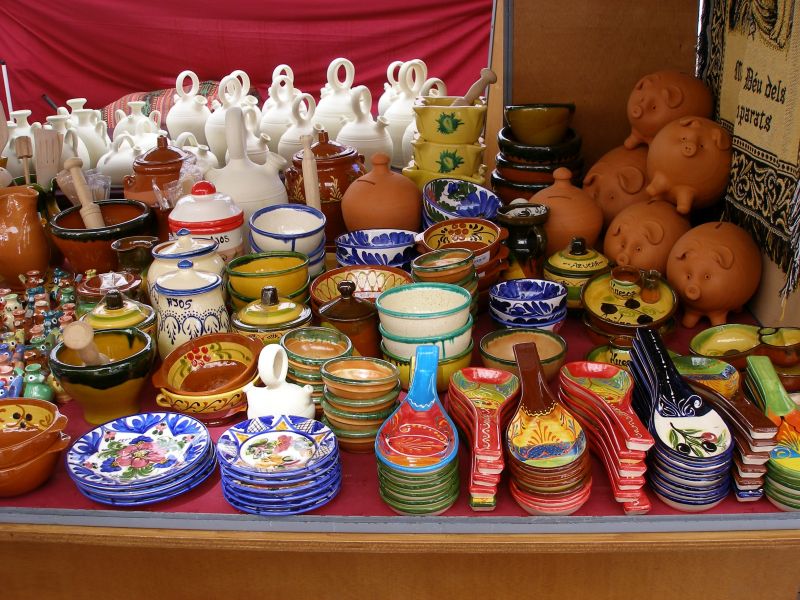
Conclusion:
Porcelain clay color offers a world of creative possibilities across various industries. From traditional pottery and ceramics to modern architecture and interior design, the use of porcelain clay color has revolutionized aesthetics and added value to countless businesses. The versatility and beauty of porcelain clay color have allowed artisans, designers, and entrepreneurs to create visually captivating and unique pieces that resonate with customers and leave a lasting impression. With its ability to transform spaces and enhance experiences, porcelain clay color continues to inspire and captivate both creators and consumers alike.
